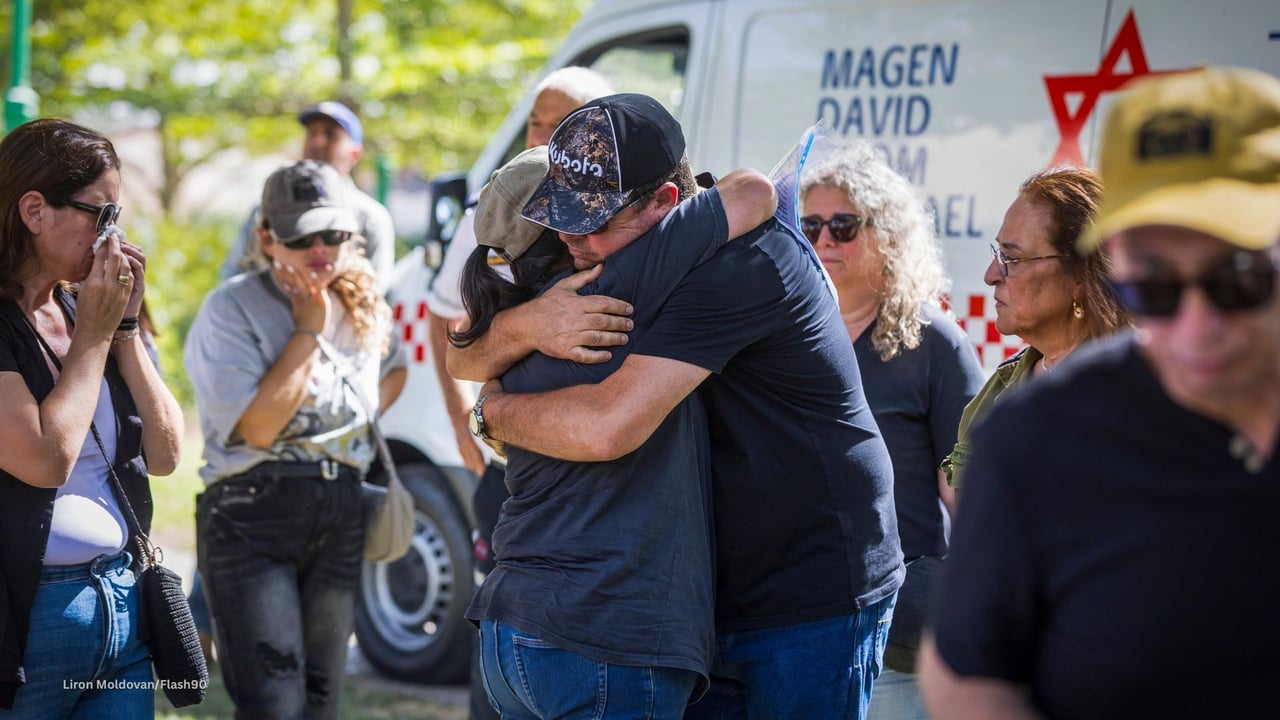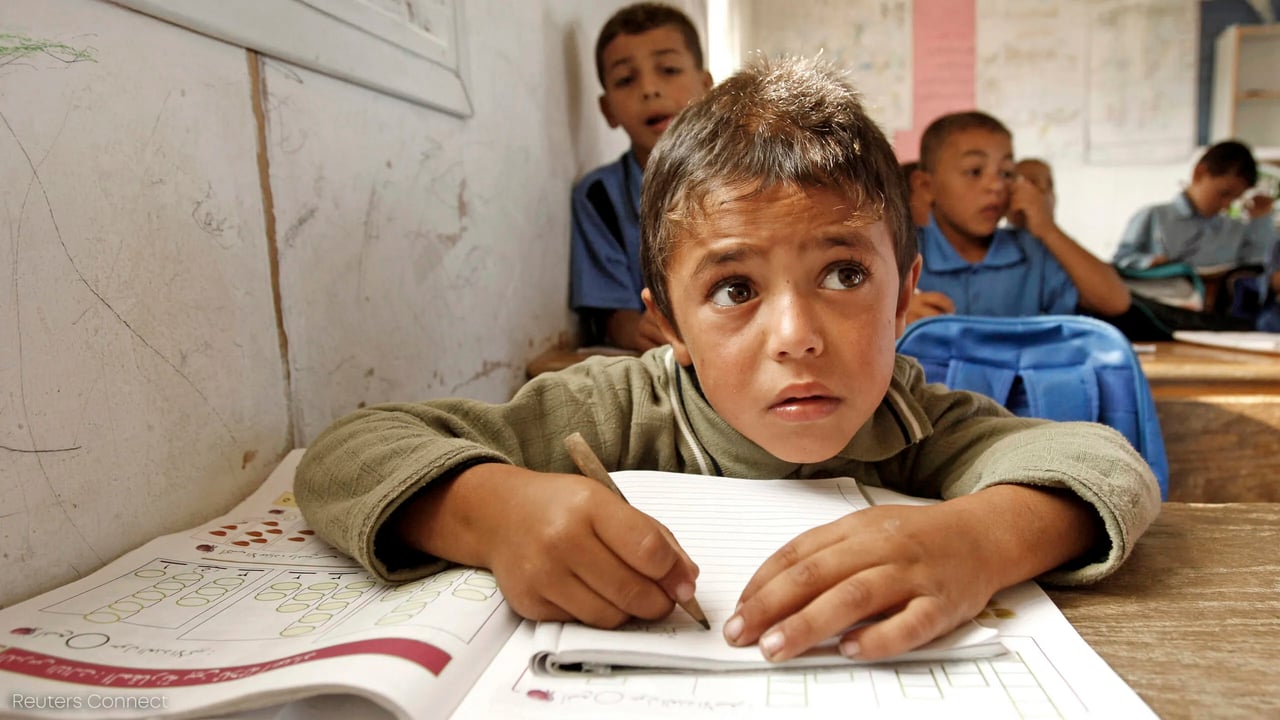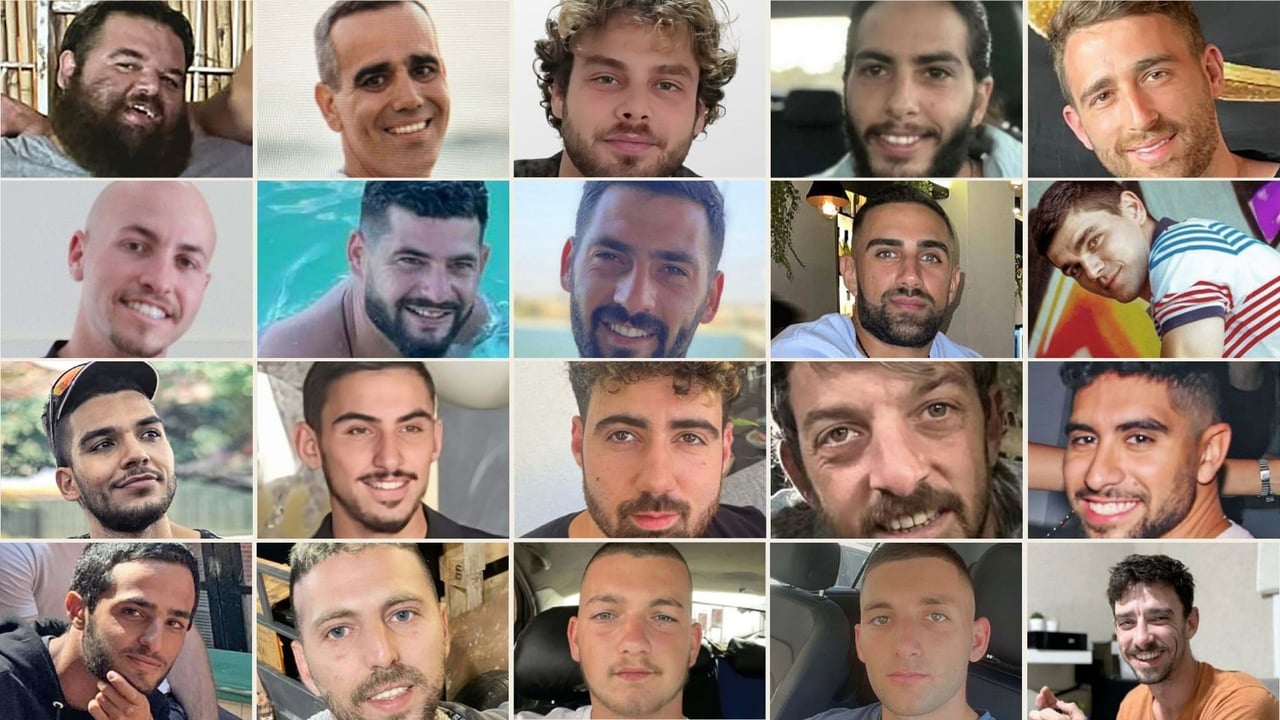
Home Sweet Home
War Relief
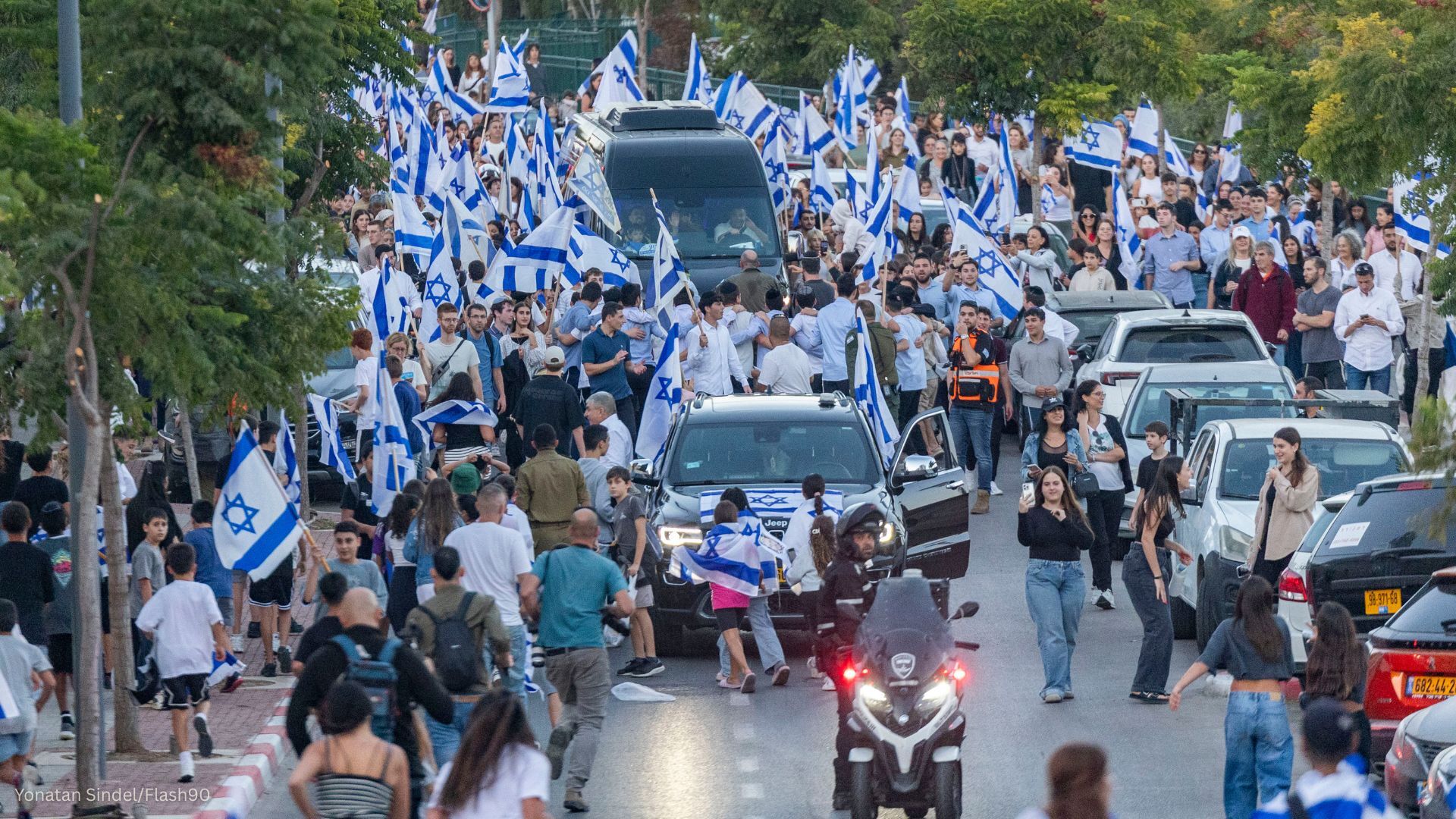
With the remaining living hostages back in their homes, a seemingly endless supply of their personal horror stories from the last two years is trickling in through various media outlets in Israel. This is not likely to end anytime soon, because as the hostages are rehabilitated, they will likely share more of their story— and Gaza is a fertile land for creative evil.
There was the physical torture. Violent beatings, electrocutions and of course other abuses we won’t describe. When they needed medical attention or even surgery, it was granted only sometimes, not always by doctors—and never with anesthesia. Some of the hostages were tied to cages and even bound to one another so they would have to relieve themselves together.
The guards would openly eat four meals of fresh food daily, while the hostages were given half a stale pita or maybe a couple of falafel balls a day. During Passover week, in honor of the command to eat only unleavened bread, the hostages refused to eat pita. On Yom Kippur, they fasted.
There was psychological torture. The longer the hostages were held captive, the worse the treatment became. Apparently keeping morale low was important to some captors. Occasionally, the hostages would be told they were about to go home. Then they would be told they were never going home. They learned not to believe anything except that if they held on long enough they would be freed. One of the hostages was separated and placed in a room alone because he was caught smiling. Several recounted being taunted and told their photos weren’t posted in Hostage Square and their families weren’t out marching for their release.
After several successful IDF rescues, the evil captors warned, “Don’t think you’ll be rescued. If the IDF comes near here, even by accident, we will know and we will shoot you.” So, they became more afraid of encountering the IDF than the terrorists.
The constant threat of angering one’s guard was real. Dozens of times, Yosef Ohana stared down the barrel of a gun and had to convince his captors that he was more valuable to them alive than dead in a hostage exchange deal.
Hamas also made videos to torment Israelis back home. It was strategic, to stir up strife and division in Israel and put pressure on the Israeli government. The video of Aviyatar David, gaunt and skeletal, forced to dig his grave in a tunnel, was particularly difficult to watch. “They told me to dig my grave and that I would be buried here in Gaza,” he said with a trembling voice as he weakly held a shovel over a hole in the ground.
In a separate video, Guy Gilboa-Dalal was filmed alongside Aviyatar sitting in a car, forced to watch other hostages being released, yet knowing they themselves would be returned to the tunnels. Many other videos were made where hostages were forced to read propaganda statements and fake injuries or death.
Alone
There’s so much to share, it’s not easy to find the balance between listing countless atrocities and conveying the nightmares in a relatable way. Eventually, books and movies will be made documenting and memorializing what happened. So, in the meantime, we will tell you just a little about one of the hostages, Rom.
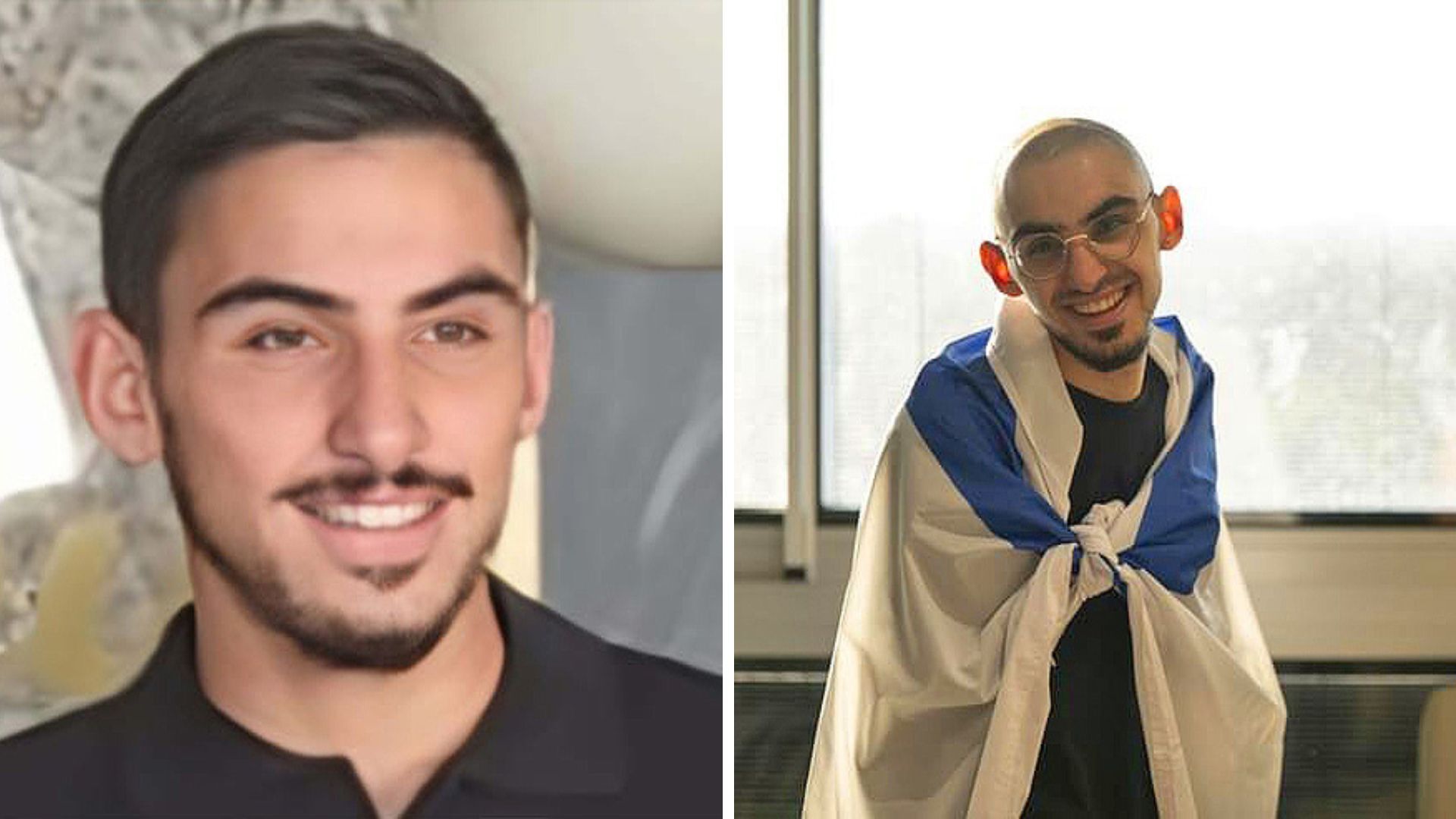
Rom Braslavski was 21 and working as a security guard at the Nova festival on the day of the attacks. Around 10:30 am, four hours into the massacre, Rom called his mother to explain the situation and that he was staying there to help the wounded escape and hide bodies of the fallen so they wouldn’t be desecrated. “I’ll be home in a few hours,” he assured her.
That was the last anyone heard from him until Hamas released a video of him in captivity. Except for two days, Rom was held in isolation for the entire two years.
Sometimes he was held alongside the dead bodies of hostages. Sometimes his hands and feet were tied. But he was always kept alone in a dark room. Rom comforted himself by singing and praying a lot. He told his mother when he returned, “I always knew one day this would end.”
His guards fed him half a pita daily, beat him with whips and lied to him about how his family had given up the fight for his release. “Israel has fallen,” they told him. “Thousands of your soldiers are dead. Iran has wiped Israel off the map…”
They also offered him all sorts of little gifts and extra food —if he would convert to Islam. He answered them, “I am a strong Jew. I don’t break.” When he came home, his only request was to see the sky. When he was pressed to come up with something more substantial, he admitted he’d love some chocolate.
The Problem with Israelis
In a recent poll studying the cultural differences between Jews in Israel and Jews abroad, Israelis were asked, “If a Jew somewhere in the world was captured, would you risk your life to free them?” 90% of Israelis said they would.
There are several things the world can understand from this statistic.
- 1. Israeli Jews have a very strong sense of personal identity and connection to our ancient heritage.
- 2. Israeli Jews have a strong bond with one another despite many differences on political, philosophical and religious matters. We believe it is our destiny to survive and thrive as a people. This is why we sing, “Am Israel Chai!”
- 3. Israelis recognize that the world is a dangerous place for Jews. And that in every generation someone will rise up to try to destroy us. And that it is our duty to protect our people anywhere and everywhere—and ideally bring them back to their homeland.
The unfortunate part of all this is that our enemies understand our bond and sense of duty to each other. They even admire it openly, in a sick sort of way.
In most countries, a hostage situation affects the person’s family, loved ones and perhaps the foreign ministry which handles international affairs. It is rare that people unrelated to the situation will even know there was a kidnapping. And an exchange will likely only occur if and when the negotiation is in the country’s best interest. Some countries will simply respond, “We don’t negotiate with terrorists.”
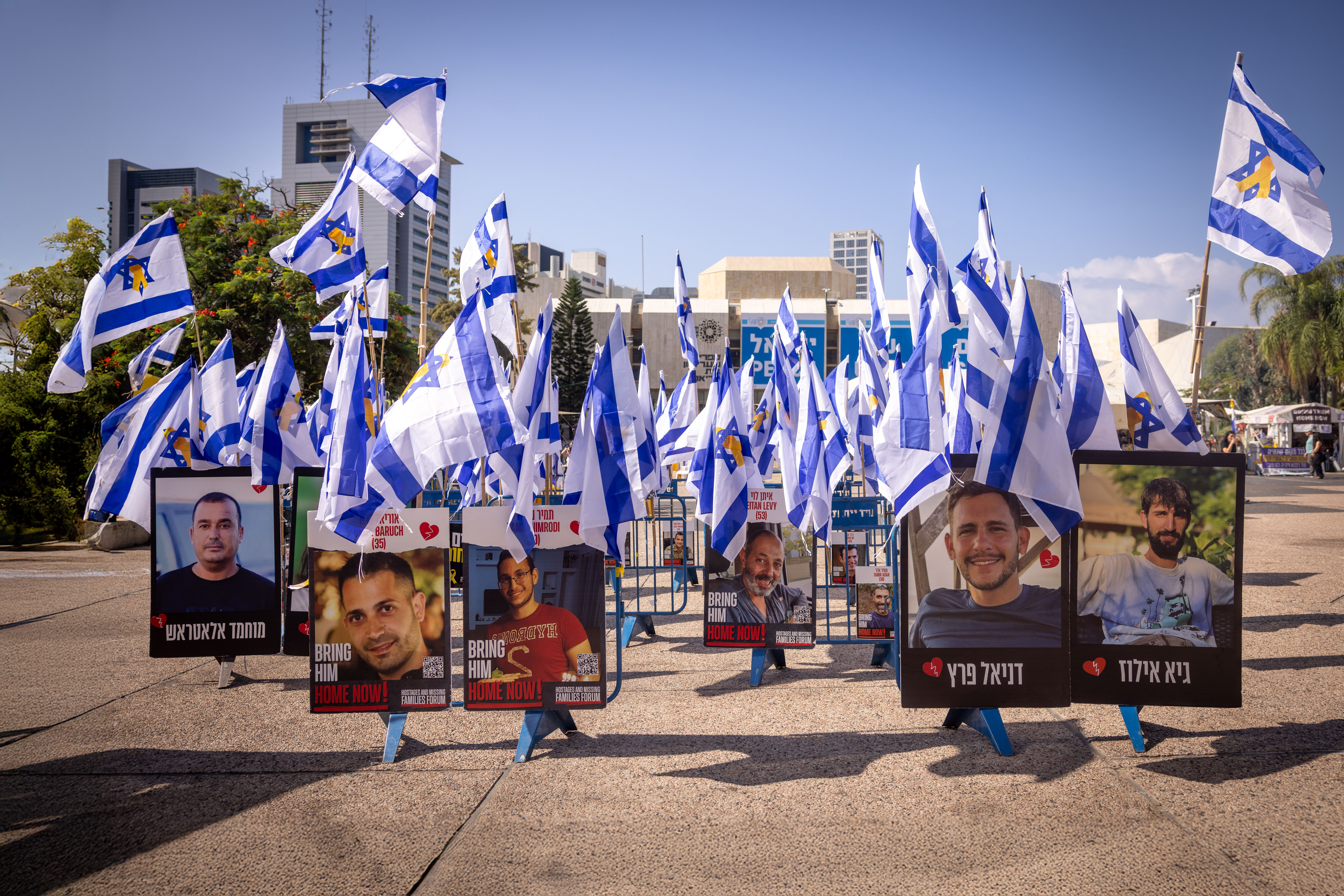
This is not necessarily a cold, uncaring approach. This is a logical stance that understands the minute you reward evil people for doing evil, they will return this hostage, take the reward and go kidnap someone else.
Israel is never logical about its own. That is why the October 7th masterplan had two goals:
- 1. Inflict as much pain, suffering and destruction as possible simply because Jews deserve to suffer.
- 2. Take enough hostages to negotiate the release of all Palestinians held in Israeli prisons. And hide the hostages all over Gaza to serve as human shields for Hamas against IDF retaliation for the attacks.
Trade Wars
It wasn’t a new tactic. It was a tried and proven strategy.
Right after the 1948 War of Independence, Israel exchanged all its Arab prisoners for all the Israeli soldiers and civilians who had been taken captive during the war. That exchange made sense. The war ended. A new nation was born and everyone wanted to start a new chapter. Unfortunately, subsequent chapters wouldn’t be written in our favor.
For its entire modern existence, Israel has experienced a steady trickle of jihadi violence. As such, it is constantly tracking down and catching terrorists. Some prisoners are given multiple life sentences for crimes like murder. Others may be arrested for developing terror networks or smuggling weapons. And still others may be arrested for “lesser crimes” such as being caught at a checkpoint with a weapon or throwing big rocks at the heads of policemen or through the windshield of a family’s car.
Then, every few years terrorists infiltrate and capture an Israeli soldier or two, slither back into their territory and begin negotiating the release of their terrorist buddies.
Israel has exchanged thousands of terrorists over the years to Syria, Jordan, Lebanon, Egypt and a plethora of other Islamic terror organizations. The exchanges have never been equal and occasionally they have been ridiculously lopsided—with hundreds of terrorists released for a handful of Israelis.
Once Israel traded five jihadi fighters and 200 bodies in exchange for two dead IDF soldiers. And once they released 436 prisoners for one Israeli who admitted he had crossed over into Lebanon to close a drug deal.
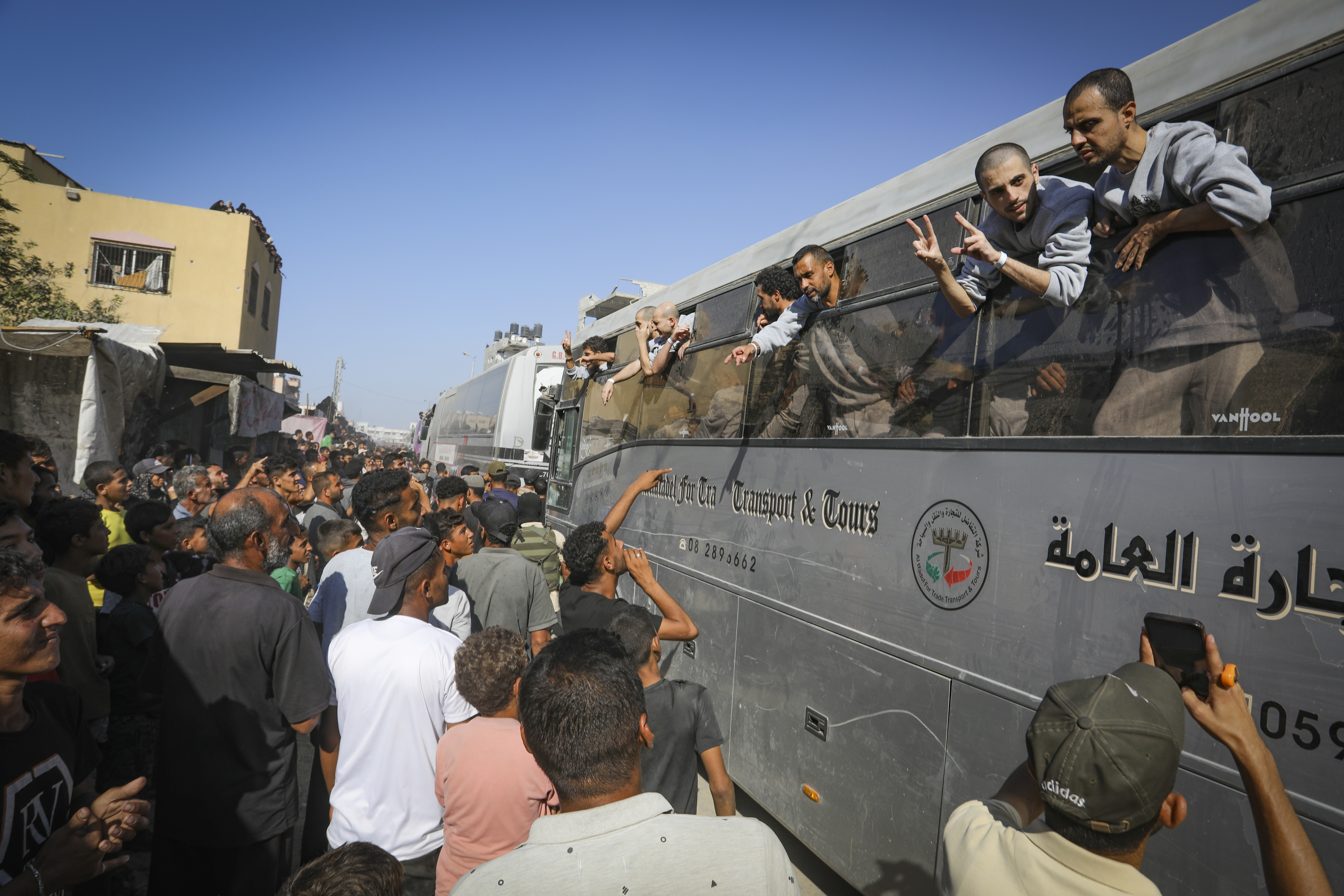
Bad Deals
The sad reality is that this cycle encourages terrorism within Israel. Because terrorists know if they attack Israelis, they will either die in a cloud of glorious martyrdom—or be caught and eventually released in the next prisoner exchange. All the while, their families will receive a paycheck for their time in prison from some rich Middle Eastern country via the Palestinian Authority.
Releasing prisoners is always a risk. It is resolving a current problem and sowing seeds for a future problem. The most striking example is when IDF soldier Gilad Shalit, who was held in Gaza for five years, was exchanged for 1,027 Palestinian prisoners. One of those 1,027 was Yahya Sinwar—the October 7th mastermind.
Hamas understands that Israelis cannot stomach their own people being held hostage. But among this war’s hostages were also Druze, Bedouin, Nepali, Thai, Filipino, American captives, and even Muslims, as Hamas considered them traitors for living and working peacefully in Israel.
Aside from having an insatiable appetite for blood lust, what would be the benefit of murdering or capturing non-Jews? Perhaps, Hamas was pushing a new theory. Hamas was gambling that the Israeli value for life would make a non-Jew captured in Israel as valuable a hostage as a Jew. And they needed big numbers.
As the 251 captured captives of October 7th were counted, dozens were identified as having no Israeli status or Jewish affiliation. But Hamas had secured the group size it desired. Just a few days after the attack, Al Jazeera confirmed that Hamas was confident they had “enough hostages to secure the release of all Palestinian terrorists held in Israeli prisons.”
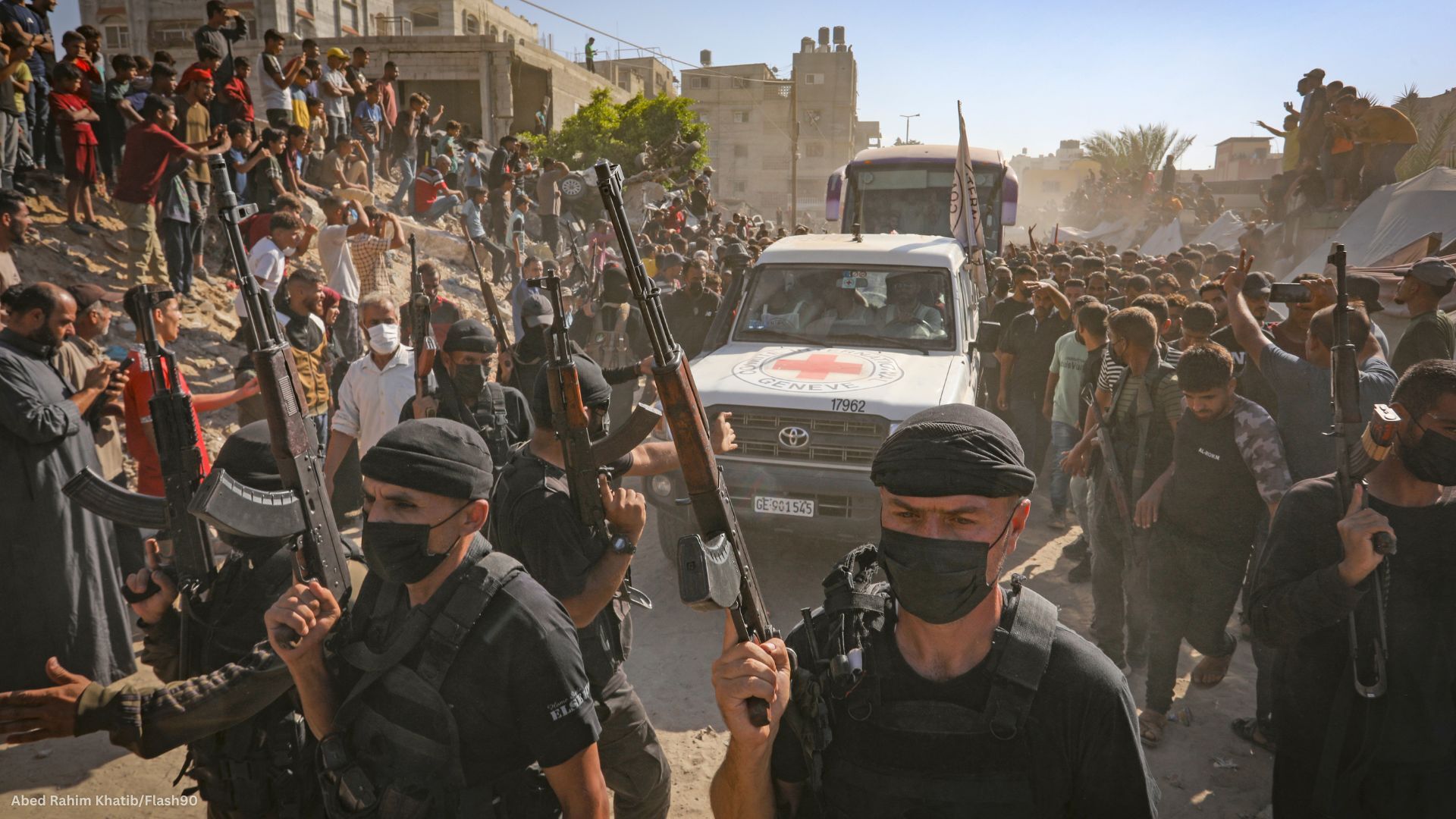
Achilles’ Heel
Israel’s protective nature of its people is both a strength and a vulnerability to Jews all over the world. Jewish schools, synagogues and businesses are regularly highlighted by both jihadis and white supremacists as desired attack locations. And during the war, ships with the slightest affiliation to a Jewish business or destined to deliver goods to Israel became a target of Houthi pirates.
Israel has long tried to change the rules of the game. There must be a deterrent in place that makes the price of taking our hostages too high for the potential benefit of a prisoner release. Unfortunately, in diplomatic terms, that high price is often dubbed “excessive force.” From the outside, countries who don’t understand what it means to be constantly hunted for your ethnicity don’t understand Israel’s over-the-top response. Thus, attempts by Israel are usually shut down by international pressure before attaining long term peace and quiet. In the case of October 7th, only after President Trump’s re-election, was Israel freed to inflict the high price of collapsing the ring of terror surrounding Israel that Iran had spent 40 years building.
Some events leading up to this pivotal moment included the fall of Syria and the elimination of the top-tier leadership of Hezbollah in Lebanon and Hamas, which had cooperated so well with Iran. Since one of the main objectives of the October 7th attacks included the release of some 5,000 imprisoned terrorists, Hamas’ loss of some 50,000 fighters is a significant win for Israel, in terms of shrinking this terrorist army. But it does little to discourage Hamas because they cherish death and martyrdom. That’s why the biggest win came only when Trump stepped in between Hamas and its sponsors. After all, even terrorists need money to feed their families.
Going forward, there are questions of what to do with terrorists when they are caught alive. Israel’s legal system generally advocates for imprisoning or exiling terrorists. But some Knesset members have called for extending the death penalty, to eliminate the option of ever being forced to release unrepentant ideological jihadis with blood on their hands. Capital punishment is legal in Israel, but it has only been carried out once, after WWII—on a Nazi.
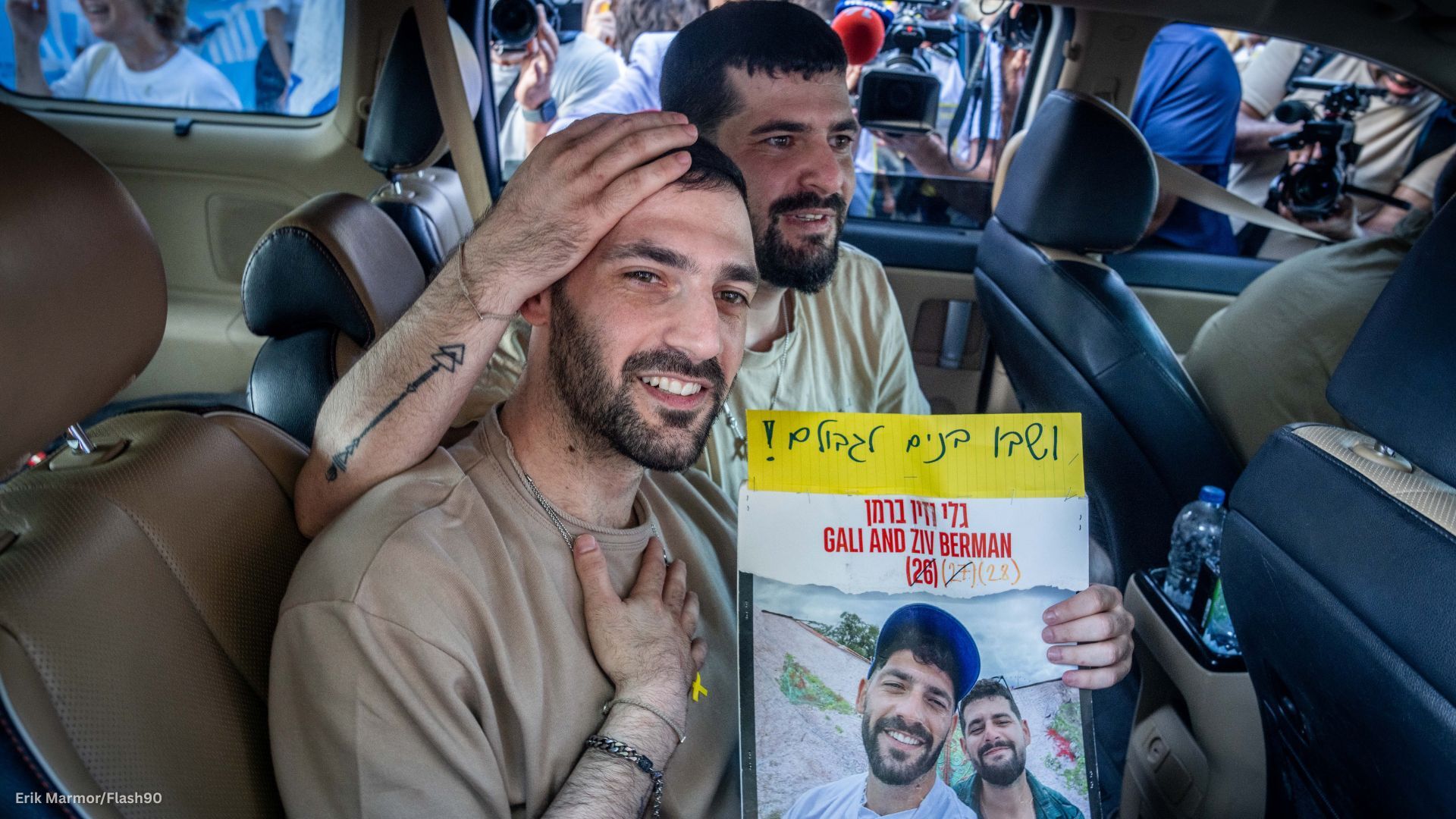
Hostage Square
On the Israeli side of the border, the hostage situation brought us together as much as it tore us up. Families who had never met were now tied by fate in the fight of their life for the return of their loved ones. They remained in a suspended state of agony and determination. Some longing and hoping that they would get to hold their loved ones again, others knowing the bitter truth and simply wanting the closure of burying their dead. It was a terrible thing to witness. Israeli media began and ended each day with the number of days hostages had spent in captivity. Whether you knew the hostages personally or not, you carried the weight of their absence with you. Anyone who lived here would tell you, the nation didn’t breathe for two years.
Early on, we learned that many of the hostages were given access to a radio at some point. (For some, it was so they would be able to hear the Islamic call to prayer 5 times a day.) Israeli media caught wind of this and so, for two years, there was a constant presence of hostages’ friends and families sharing their stories on the news and radio talk shows, in hopes that someone over there was listening. For two years, each interview would end with the question: “If by chance they are listening, what would you want to say to them…”
And by chance, they were!
In each round of hostage releases, we learned the details of their harrowing experience. Some were held in apartments with families, others were placed in dark tunnels and still others were moved around dozens of times. Some were rescued by the IDF, others were traded for prisoners. But they all told us the same two things when they returned to us,
“Thank you for fighting for our return!
Am Israel Chai!”
“Don’t let up until they’re ALL home.”

Stand With Israel’s Believers
Maoz Israel is bringing Yeshua’s truth to every corner of the Land. Your donation equips believers and reaches the lost—be a part of this eternal work today.
